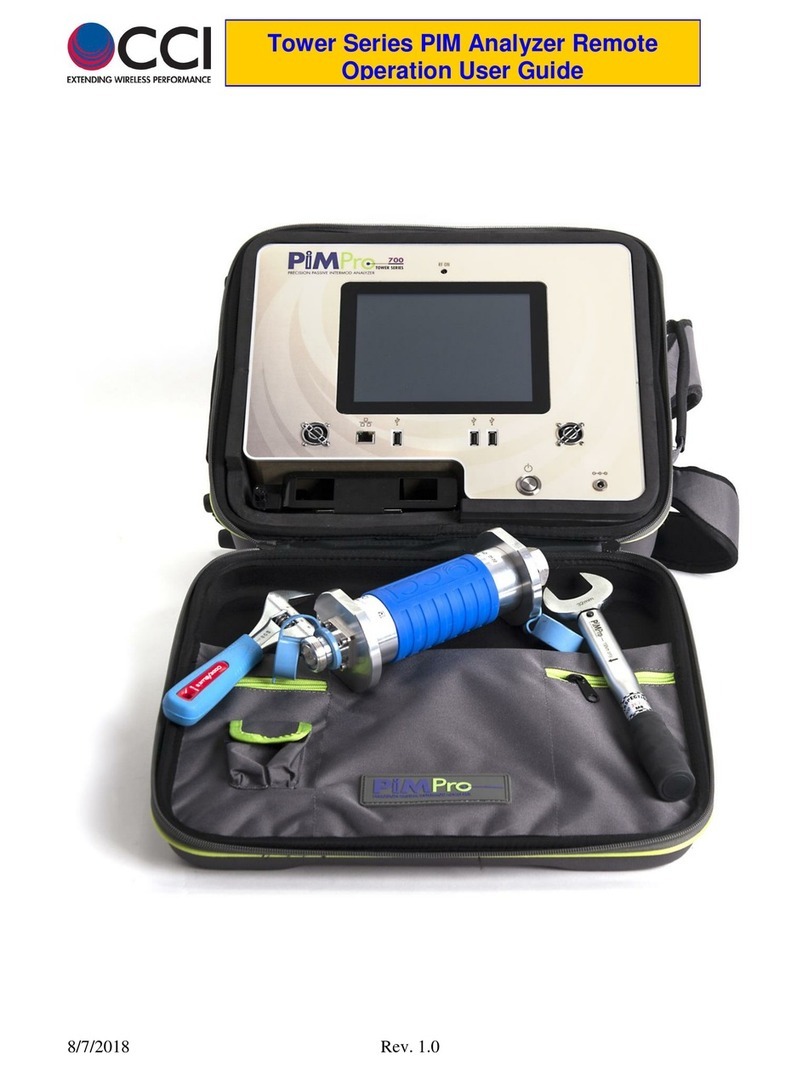
Proprietary
RailFly Mark I Users Guide
Copyright © 2019
Convergent Communications, Inc.
5.3. Configuration .............................................................................................................. 40
5.3.1. Key File Path......................................................................................................... 40
5.3.2. Key File Name ...................................................................................................... 40
5.3.3. Key File Timestamp.............................................................................................. 40
5.3.4. HMAC UID .......................................................................................................... 40
5.3.5. WIU Address ........................................................................................................ 40
5.3.6. HMAC Key........................................................................................................... 40
5.3.7. AES Encrypted HMAC Key................................................................................. 40
5.3.8. RC2 Key................................................................................................................ 40
5.3.9. RC2 Encrypted HMAC Key ................................................................................. 41
5.3.10. Encrypt.................................................................................................................. 41
5.4. Communications ......................................................................................................... 41
5.4.1. IP Address............................................................................................................. 43
5.4.2. User ID.................................................................................................................. 43
5.4.3. Password ............................................................................................................... 43
5.4.4. Timeout secs ......................................................................................................... 44
5.4.5. Send File ............................................................................................................... 44
5.4.6. Refresh .................................................................................................................. 44
5.4.7. Sensor List ............................................................................................................ 44
6. Hardware Design ................................................................................................................ 44
6.1. Power............................................................................................................................ 45
6.2. Processor...................................................................................................................... 45
6.3. Wireless Interface ....................................................................................................... 45
6.4. RS-232 Interface ......................................................................................................... 45
6.5. Button and LEDs ........................................................................................................ 46
6.6. Hardware-Based Serial Number ............................................................................... 46
6.7. Power / Ground Separation ....................................................................................... 46
6.8. Transient Voltage Suppression.................................................................................. 46
6.9. LRP Resistor ............................................................................................................... 46
6.10. Enclosure, Wiring and Mounting Options ............................................................... 46
7. Communications Network Adapter (CNA) ...................................................................... 47
7.1. CNA Configuration..................................................................................................... 48
7.1.1. CNA id .................................................................................................................. 49
7.1.2. Version.................................................................................................................. 49
7.1.3. Debug.................................................................................................................... 50
7.1.4. Password ............................................................................................................... 50
7.1.5. Description............................................................................................................ 51
7.1.6. LAN 1 –Use DHCP ............................................................................................. 51
7.1.7. LAN 1 –IP Address.............................................................................................. 51
7.1.8. LAN 1 –Subnet mask........................................................................................... 51
7.1.9. LAN 1 –Gateway ................................................................................................. 52
7.1.10. LAN 2 –Use DHCP ............................................................................................. 52
7.1.11. LAN 2 –IP Address.............................................................................................. 52





























